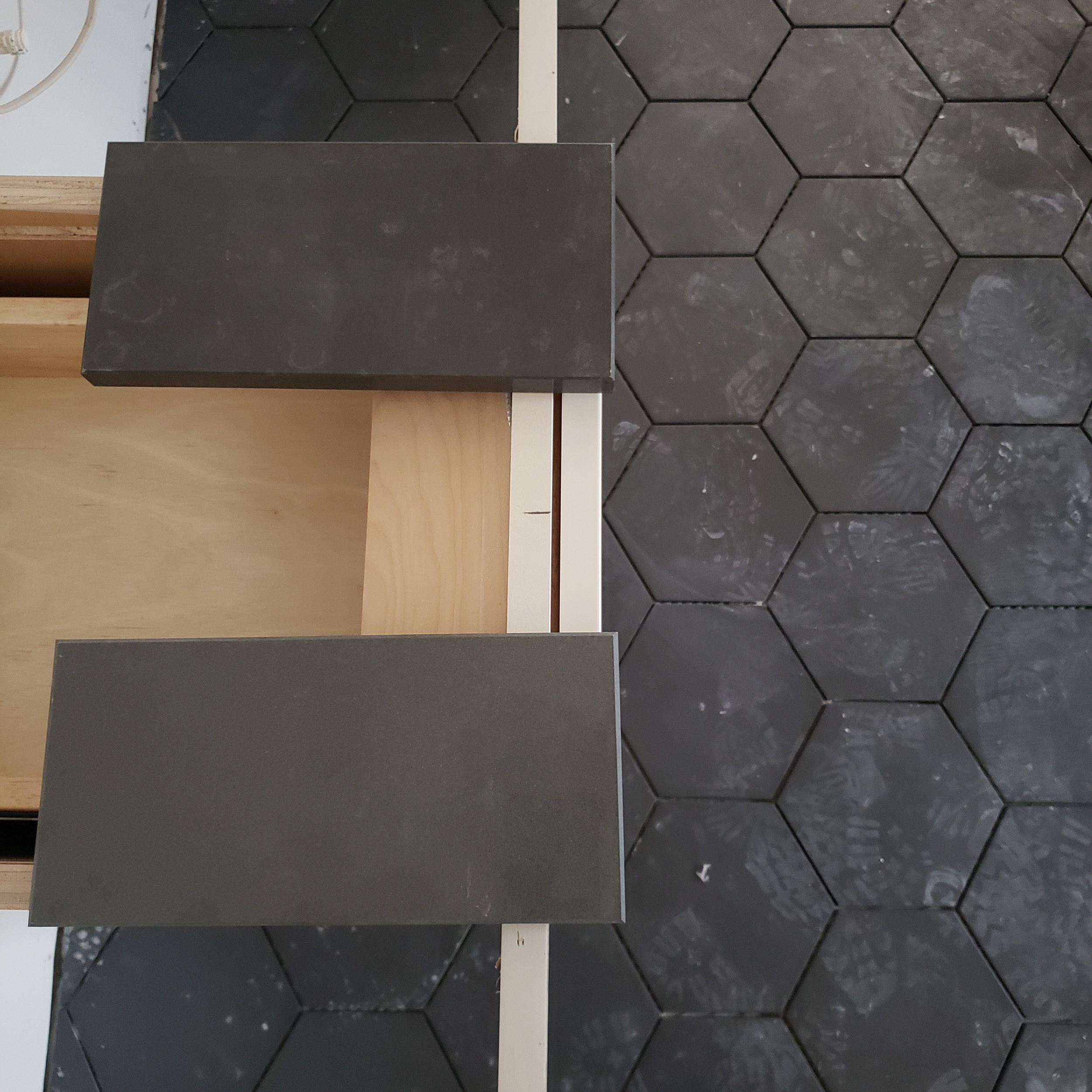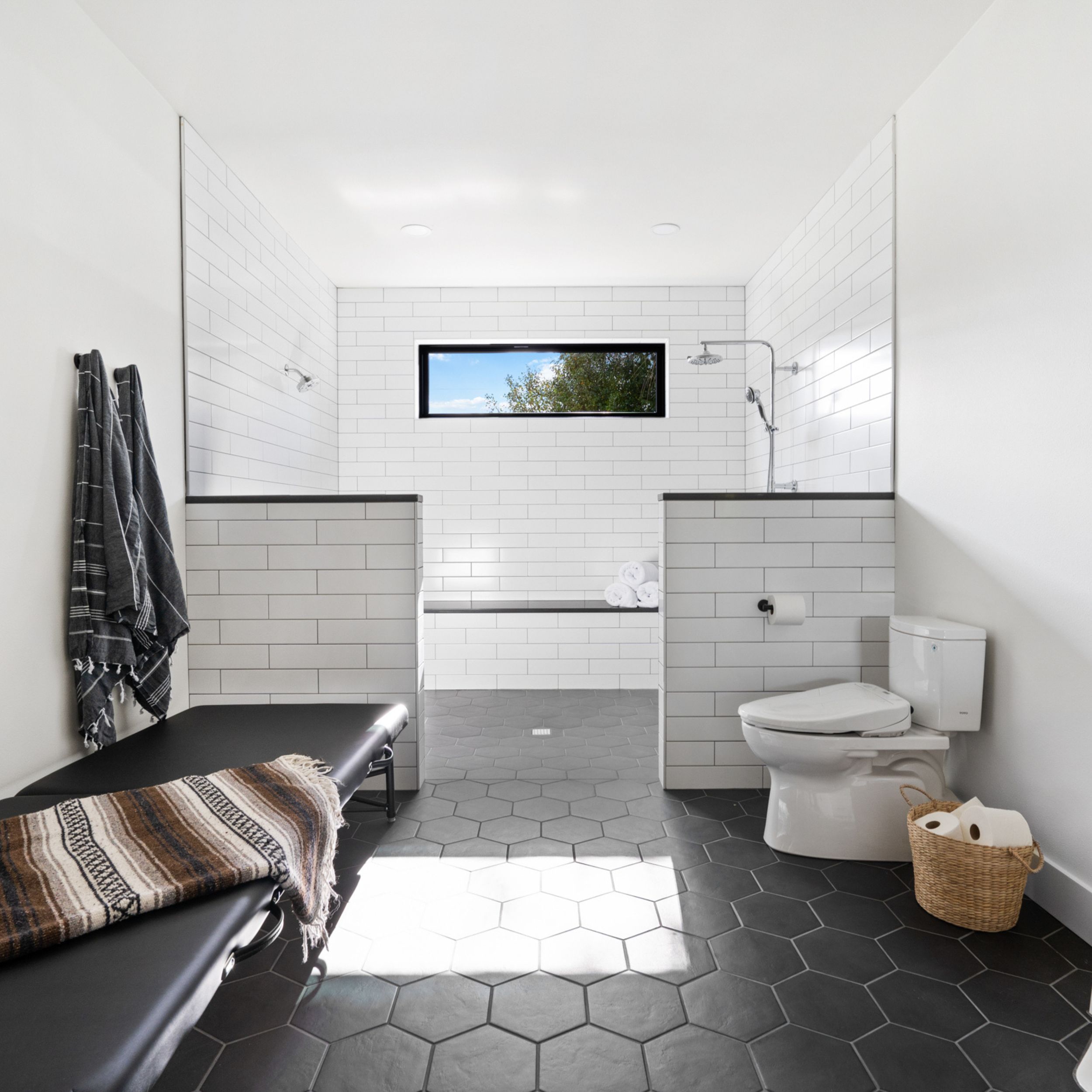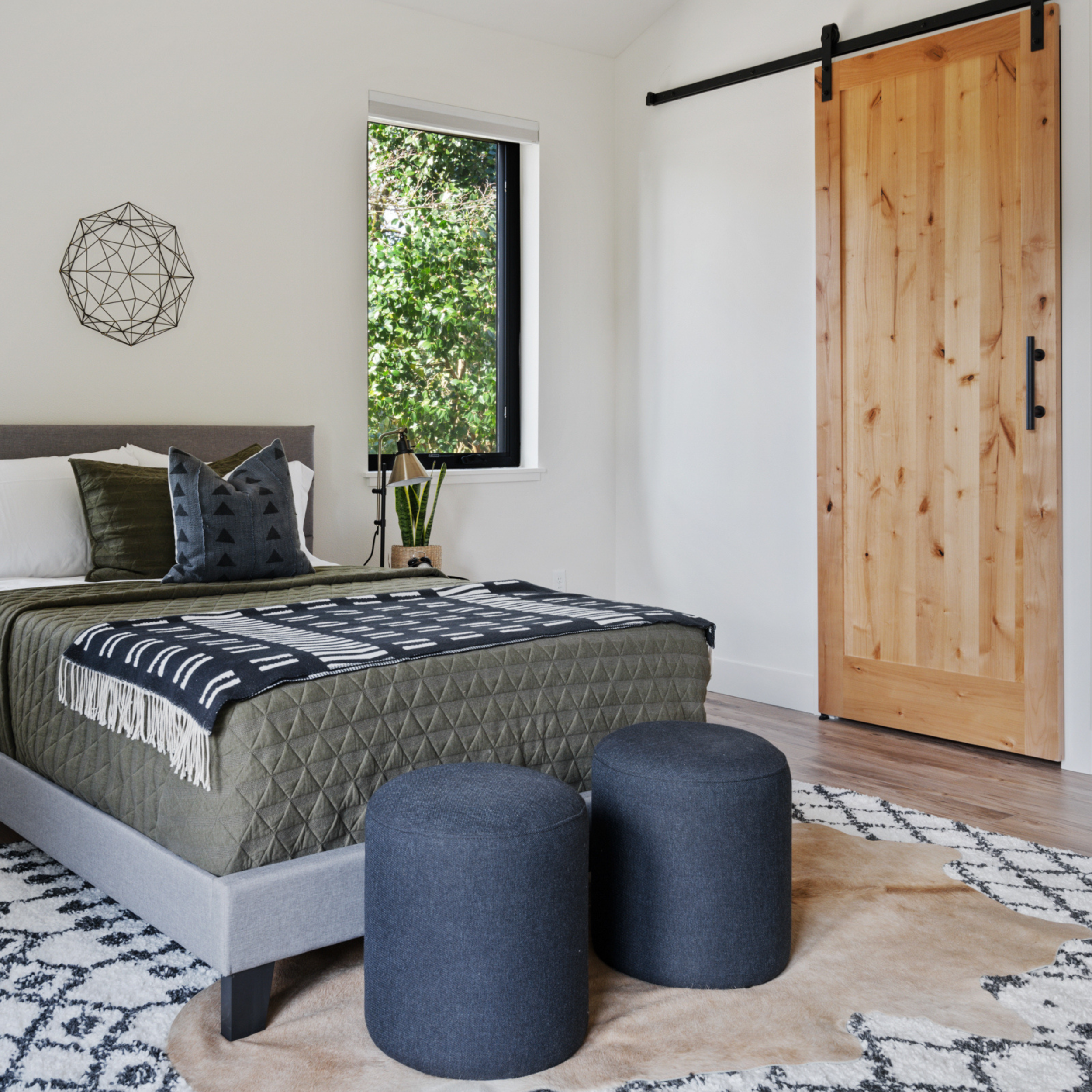7 Ways an Interior Designer Can Add Value to Your Home
As a designer, I meet with clients for one of two reasons: Structural Design or Furnishing Design, although each will add value to your home.
Structural Design adds value in terms of resale and Furnishing Design adds value in terms of the home being “photo-ready” — which can directly influence a buyer's decision to see the home in person and submit an offer. Furnishing Design also holds value to my clients by creating a comfortable environment for them to enjoy.
Today I want to discuss how, as an interior designer, I can help you elevate your home and its market value through Structural Design — whether that is starting from scratch at the foundation of a new build, or tackling a remodel in a current home.
So, without further ado, here are seven ways I can add value to your home as your interior designer.
Help Prevent Problems Before They Start
Every trade professional knows that the minute you open a wall in a renovation project there are bound to be unexpected issues within (insert saying “open a can of worms”). Taking care of as many known factors in a budget like countertops, tile, wood flooring, bath/kitchen cabinetry, hardware, and lighting is key — these should be thoughtfully selected and available on-site when construction starts. This can save thousands of dollars in change orders, rush shipping costs, inflation, and surcharges that can be more challenging today than ever before. Between supply chain issues and labor shortages, it’s very easy for a simple project to go awry. This is where an interior designer can be a big help to your project.
Help You Stay On Budget
No matter the size, every project has a budget. When it comes to staying on budget, investing in an interior designer will pay off in the long run because they can help you choose finishes you love that won’t break the bank.
For example, say you head to a tile shop, and you’re overwhelmed with the 1000’s of options to choose from. Nevertheless, you stroll the showroom, find a tile you love, and see that it’s $40 per square foot. Now, that may not seem like a lot if you’re doing a shower floor pan that is only 32 square feet, but, at $40 a pop, the total cost comes to $1280.00 – and that’s just for the shower pan. If you were to do the shower walls from floor to ceiling (roughly 225 square feet) the ticket price would be $9,000.00.
This is why the design process is key.
I know that the biggest budget busters happen when decisions are made on the fly, or for emotional reasons. Really digging into the needs or goals of the project with my clients, and giving them options is how I help them stay on budget and even save them money.
Select The Right Finishes
Choosing the right finishes in a project is essential for my clients to create spaces that work for their lifestyles and are built to last. Selecting materials that are crafted with a higher standard will provide a lower life-cycle cost. As a designer, I assess the needs and wants of my clients and use those to influence the design decisions that we make. I also educate them in the process of cost, the importance of craftsmanship, and the endurance of materials in the project.
My point is, there are times when it is important to splurge on a project material, and there are times where you can use less expensive options without sacrificing the integrity of the project. An interior designer has the knowledge to be able to make these decisions, and can leverage your budget to give you the best results possible.
Oversee Other Vendors and Contractors
As a designer, it’s a part of my job to know the best people to hire for construction, tile work, and painting. I try to take on the most stressful parts of my client’s renovation to make it as stress free as possible for them. When clients take on the role of designer there can come a time in the construction phase when they reach the “decision fatigue stage” which is defined as, “the more decisions you have to make, the more fatigue you develop and the more difficult it can become to make good decisions.”
When this happens, clients can make poor choices that lead to a costly mistake or buyer’s remorse because they’re so focused on simply getting things done.
Hiring an interior designer means you will have a creative eye to oversee your project with patience and expertise. This ensures that you will not feel overwhelmed, but instead feel supported and excited to see your project come together.
Prevent Costly Mistakes
As a designer I am often brought into projects after architectural plans are submitted and there is not a furniture plan in the project. When investing in the construction of your home, you want to make sure you will be able to get the functionality you desire for your everyday life.
Can your new dining room accommodate the ten people you host weekly for dinner?
Can your family of five fit comfortably on your sofa for your weekly movie night?
Is the architect thinking about where the bed will go in the room with the window placement?
Lighting plans are another place where mistakes are made.
At different times of the day, we use different light sources. When it comes to ambient, task and accent lighting, it is crucial that you have all three in your home. Having only one source of light in a room can cost you thousands of dollars later in change orders or remodeling costs to add the necessary floor plugs, sconces, and under-cabinet lighting needed for your space.
Experts On Maximizing Square Footage
Every home has a finite amount of space.
Even large homes can have smaller rooms that need to be properly furnished and designed to make the space as functional as possible. As a designer, I can add long-term value to your home by updating the original floor plan and creating the proper traffic patterns to increase the functionality of the space.
Increase Resale Value
Whether you’re flipping a property, or you plan to sell your home in seven years, I can help your home achieve more value and a higher sales price by making it stand out in the current housing market. If you’re looking to increase your home’s curb appeal, update your flooring, or choose the best paint colors, I’m here to guide you through that process. I will give you the best tips to elevate your space and because I know which updates are worth the investment.
Save Time, Resources, and Money – Hire a Designer!
The bottom line is, designers inherently have the ability to envision a project and they understand how to bring it into fruition. We are highly skilled at executing every phase of a project: the early stages of identifying our client’s needs and desires, developing a budget, and carving out a workable design.
For more helpful design tips like this, join my email list below! You’ll get my free guide on "Avoiding the Oopsies When Styling Your Home" when you sign up.
Or, if you’d like some one-on-one time with me, click here to book a pre-planning or styling consultation!












